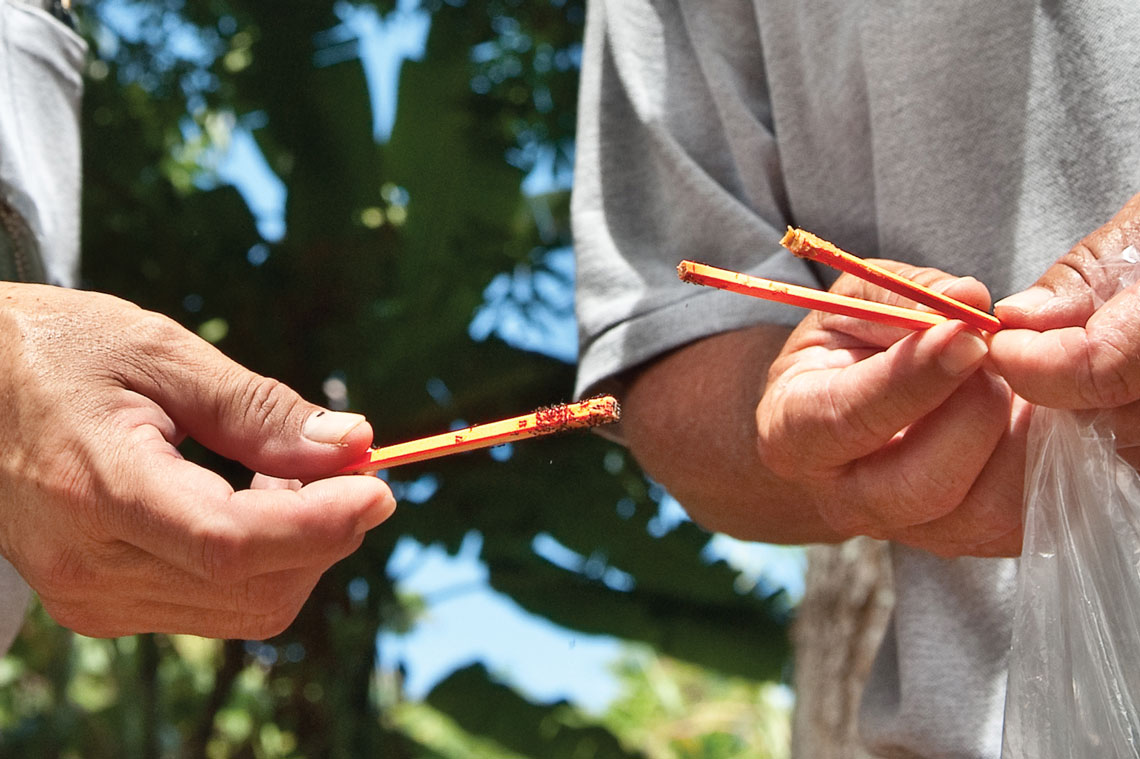With 75% of detections coming from residents, community engagement continues to be the key to protection. The Maui Invasive Species…
Read More
stop the ant
Citizen scientists and concerned community find ants new to Hawaiʻi
In 2017, a taro farmer in Hanalei on Kaua’i found a strange ant in his lo’i – large and brownish…
Read More
Premiere of the new documentary Invasion: Little Fire Ants in Hawaii
In 2009, Waihee farmer Christina Chang was stung on the eye by a tiny ant at her home on Maui….
Read More



